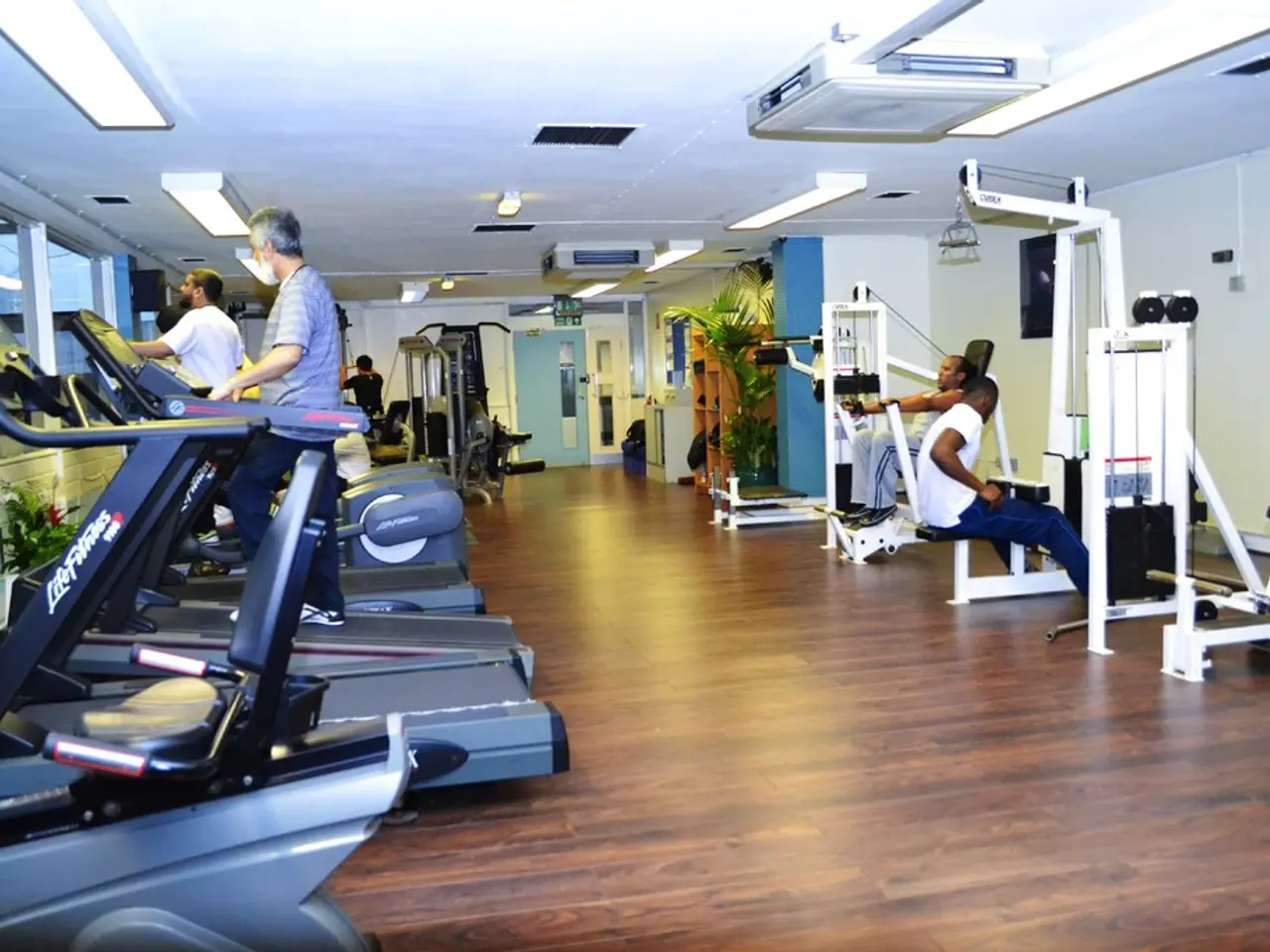Introducing Mr. Treadmill: Your Relentless Fitness Companion for Exercise Sessions
In a groundbreaking study, researchers Rima Touré-Tillery from Kellogg School of Management and Lili Wang from Zhejiang University have discovered that attributing human characteristics, or anthropomorphizing, to exercise equipment can significantly increase motivation and improve fitness outcomes.
The study, published in the Journal of Marketing Research, reveals that when people view their workout tools as companions rather than mere machines, they are more likely to exercise for longer periods and with greater intensity. This transformation of workouts from solitary efforts into more enjoyable, collaborative experiences can boost motivation to exercise.
The psychological effect of anthropomorphism stems from a sense of companionship, creating a feeling of social support during workouts. This companionship effect likely enhances self-efficacy, the belief in one's ability to achieve goals. When exercise equipment feels like a "teammate," users may feel more competent and supported, increasing their confidence and persistence in workouts.
Moderate anthropomorphism also tends to increase willingness to undertake challenging tasks, avoiding negative reactions linked to overly human-like objects (uncanny valley effect). This suggests a balanced human-like quality in equipment may optimally motivate individuals to engage in and persist with exercise.
However, it's important to note that anthropomorphism is less useful for motivation when people are already very confident they can achieve a particular goal or for activities that people find inherently enjoyable. Additionally, when the personality of the anthropomorphized object is too bossy, it can decrease motivation by becoming a mechanism for monitoring, tracking, or supervising, which can kill the fun that is a crucial driver of motivation.
Companies can incorporate humanizing features, such as a smiling face or a voice that talks in the first person, to suggest the product and its owner are working together, as partners. This approach can make fitness goals feel more attainable due to a sense of companionship and increased confidence.
The study's findings were consistent across various exercise equipment, including a treadmill and a jump rope. In fact, participants who anthropomorphized a treadmill exercised for about 3.5 minutes longer than those who did not, and those who anthropomorphized a jump rope expressed a stronger intention to exercise and were more likely to choose a jump rope over exercise bands.
In essence, anthropomorphizing exercise tools creates a sense of companionship and social support during workouts, making exercise feel more enjoyable and achievable. This, in turn, enhances self-efficacy, fostering greater motivation and persistence. It also encourages acceptance of challenging physical tasks through moderate human-like qualities.
These psychological effects contribute to increased motivation to exercise and potentially improve adherence and outcomes in physical activity routines. Consumers should look for humanizing traits that speak to them, as what works for one person might not work for another. It's crucial to find the right balance to ensure that the anthropomorphized object remains a helpful motivator rather than a demotivating force.
Fitness-and-exercise equipment can be anthropomorphized to foster a sense of companionship during workouts, leading to increased motivation and improved fitness outcomes in health-and-wellness. Moderate anthropomorphism of exercise tools encourages greater self-efficacy, turning solitary efforts into more enjoyable, collaborative experiences, thus potentially improving adherence to physical activity routines.




